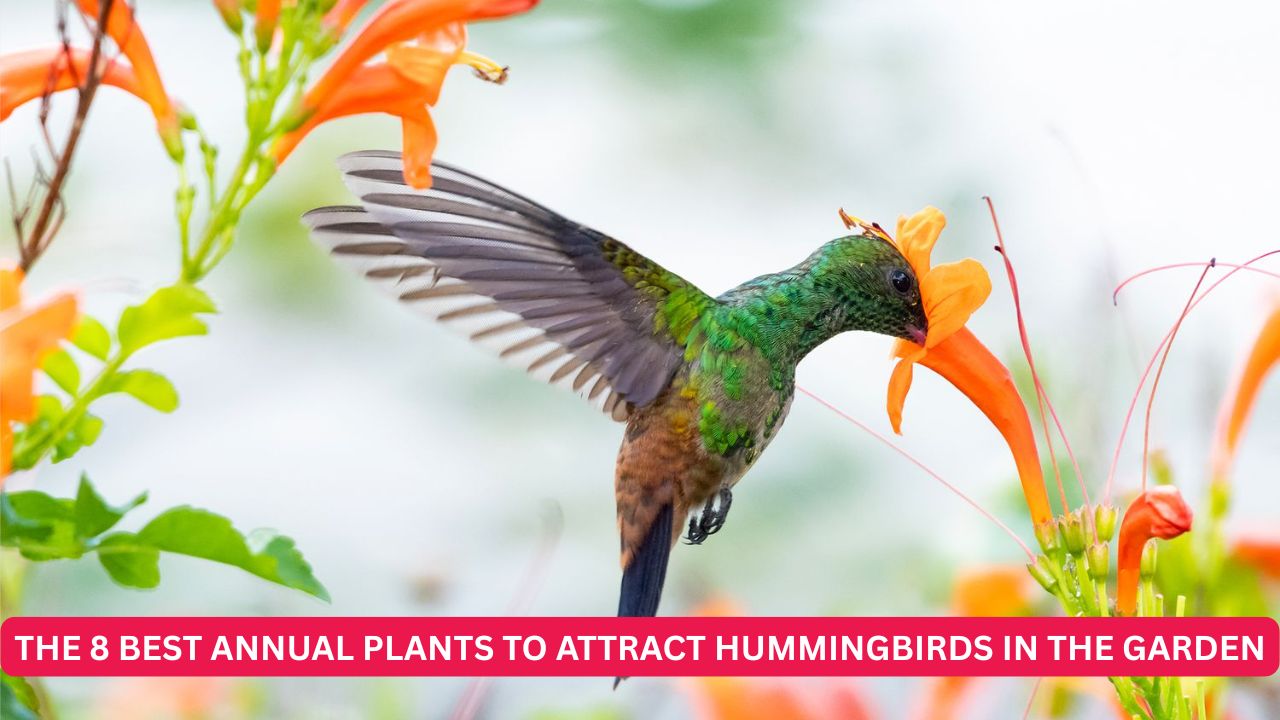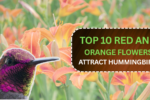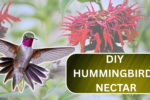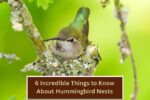If you haven’t noticed yet, hummingbirds are kind of a big deal. In truth, they’ve been popular for ages.
Entire websites are dedicated to following their spring migration north from their winter homes in southern Mexico and Central America. Spotting the first ruby-throated hummingbird in the neighborhood often sparks reactions reminiscent of Steve Martin’s character in the 1979 cult classic The Jerk, yelling, “The new phone books are here … the new phone books are here!”
Even if you’re not quite that enthusiastic, it’s hard not to feel a little thrill—it’s like running into an old friend you haven’t seen in a while.
Some gardeners have long practiced the fine art of attracting hummingbirds. And among neighbors, things can get competitive. It’s not unheard of for someone to tamper with a rival’s feeder just to win the unofficial titles of “first sighting,” “biggest flock,” or—my personal favorite (cue the eye-roll)—“most hummingbird-packed yard.”
Then there are those who simply sit back and wait for the magic to happen. No flowers, no feeders—just a mint julep in hand and a puzzled look as they wonder why their neighbor’s yard is a hummingbird hotspot while theirs is silent.
And finally, there are folks who would love to welcome a few hummingbirds without diving into full-scale gardening. A few annuals in pots can be enough to draw in some birds, give them the nectar they crave, and provide you a bit of natural joy while sipping your drink.
I’m not going to get into the planted flowers versus feeder debate here. That’s a discussion for your fellow hummingbird-loving neighbors. But if you’re leaning toward planting flowers, here are some great options—listed alphabetically.
Cuphea
Also known as bat face cuphea (Cuphea llavea), this plant might require a bit of searching, but it’s a top choice if you want to win “hummingbirdiest gardener” bragging rights. Several varieties of cuphea—sometimes called cigar plants—are fantastic for hummingbirds. They thrive better in large containers than in the ground, love full sun, and respond well to midsummer pruning to keep them looking neat.

Geraniums / Pelargoniums
In one of the most confusing twists in plant naming history, what we commonly call geraniums are actually in the genus Pelargonium, not Geranium. True geraniums are herbaceous perennials—not typically hummingbird favorites.
Pelargoniums, on the other hand, are those classic bright red blooms your grandma probably grew in pots. They love heat and sunshine, and if you keep them deadheaded, they’ll attract flocks of hummingbirds throughout the season.
Impatiens
Traditionally shade lovers, modern varieties of impatiens—like the white SunPatiens®—can handle full sun and are hummingbird-friendly. While their blooms don’t have the usual tubular shape, hummingbirds still flock to them. They’re low-maintenance, don’t need deadheading, and produce vibrant flowers all summer with just a bit of regular watering.
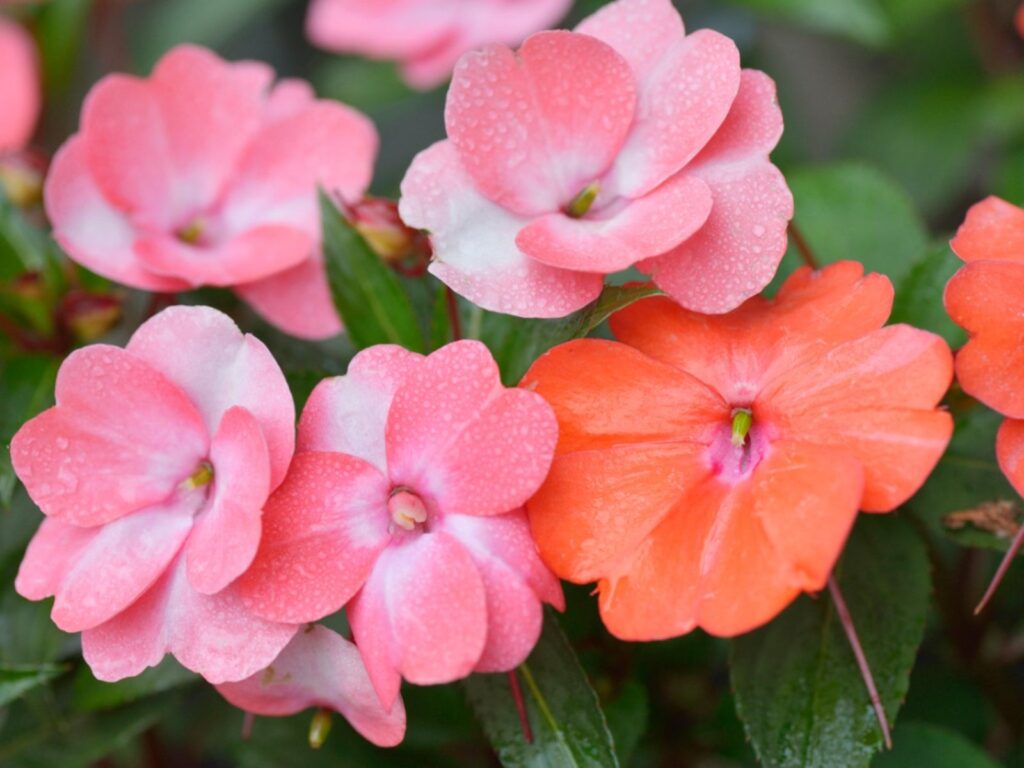
Lantana
One of the toughest, most sun- and heat-tolerant flowers you can plant is lantana. The ‘Samantha’ variety even sports eye-catching yellow and green variegated leaves alongside its hummingbird-friendly blooms. Lantanas are flowering machines. Taller types can reach up to 4 feet, while dwarf forms are perfect for containers. And if it ever gets too hot to grow lantana, it’s probably time to consider relocating to Mars.
Nicotiana
Commonly known as flowering tobacco, nicotiana is a garden bed champion—not ideal for containers, but fantastic in well-tended plots. These fragrant bloomers come in various heights, from 1 foot to 5 feet, and fill the garden with sweet scents that hummingbirds adore all season long.
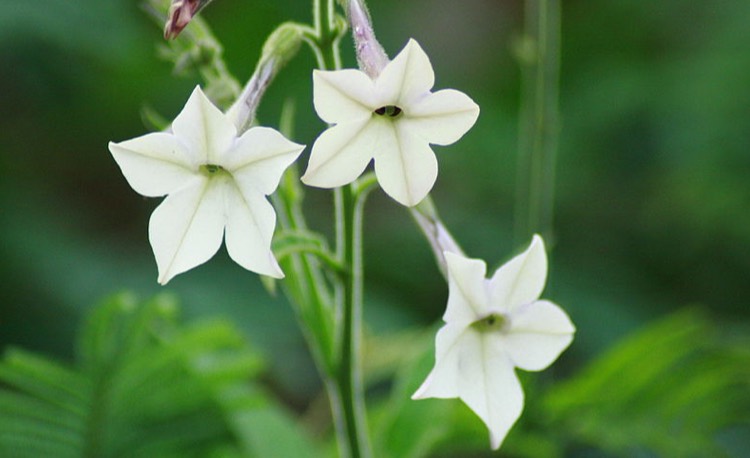
Petunias
Alright, I’ll admit it. I’d rather plant Bermuda grass in a pot than even one petunia. No real reason—just a personal quirk. Still, even I can’t deny how effective petunias are. Their bloom shape is perfect for hummingbirds, and the plants pump out flowers nonstop. Don’t buy into the myth that only red flowers attract hummers; they go where the nectar is, regardless of color.
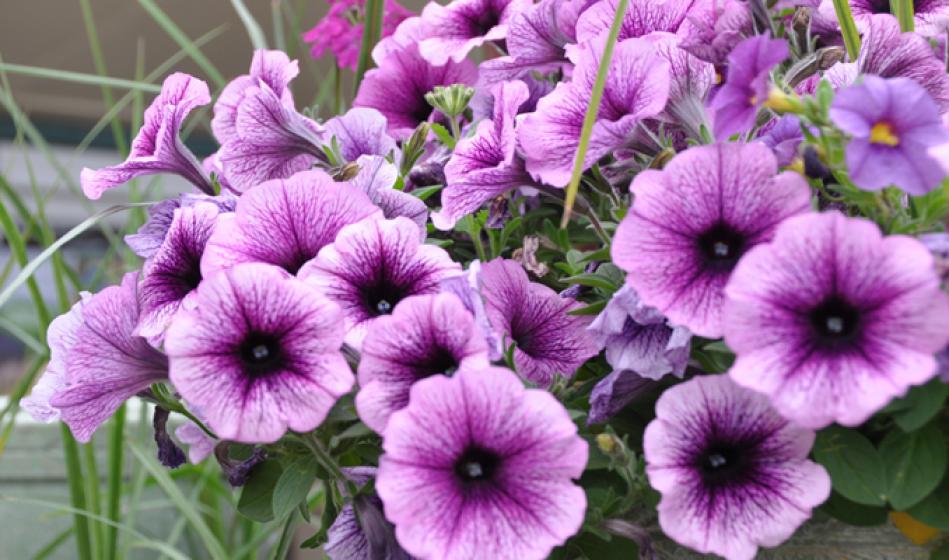
Salvias
Whether you’re planting them in beds or pots, salvias are hummingbird magnets. Annual salvias like red Salvia splendens thrive in full sun and need regular watering. The Texas native Salvia coccinea behaves like a perennial in the South but can be grown as an annual elsewhere. Cold-hardy perennial salvias like Salvia guaranitica ‘Black and Blue’ are also favorites, especially at Yew Dell Botanical Gardens.
Zinnias
Though they don’t look like classic hummingbird flowers, zinnias are irresistible to them. They come in a wide array of bright colors, make great cut flowers, and perform best in full sun. Plant them, and you might just find yourself surrounded by a cloud of tiny, fluttering visitors.
This article has been carefully fact-checked by our editorial team to ensure accuracy and eliminate any misleading information. We are committed to maintaining the highest standards of integrity in our content.

Outside of work, he enjoys playing chess, following cricket, and writing short stories. His commitment to integrity and in-depth analysis strengthens OTE News’ mission of providing trustworthy journalism.

